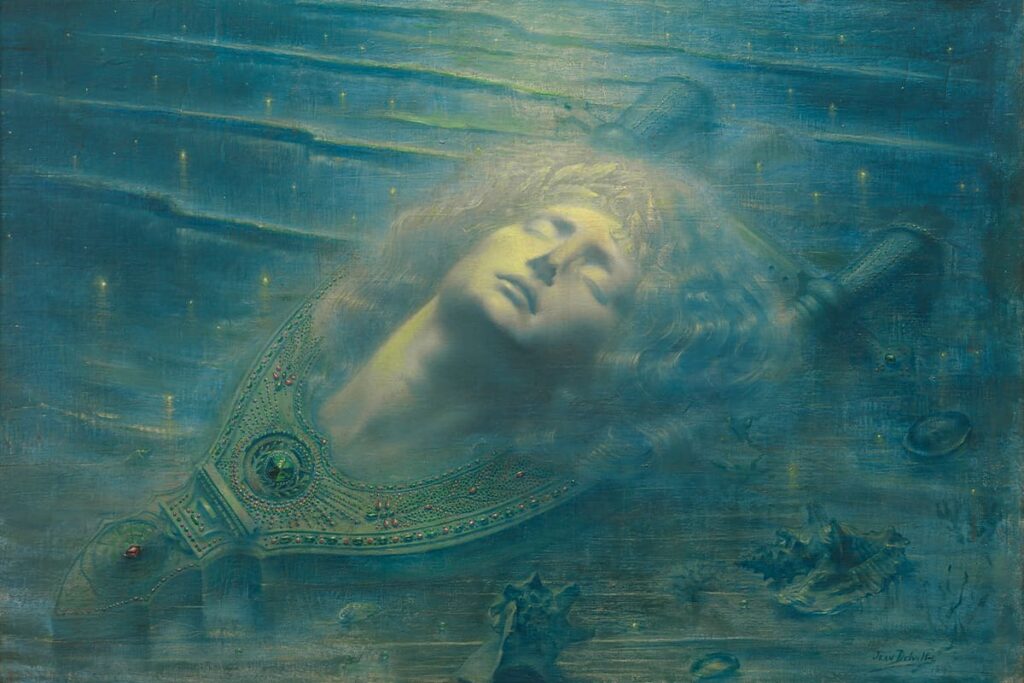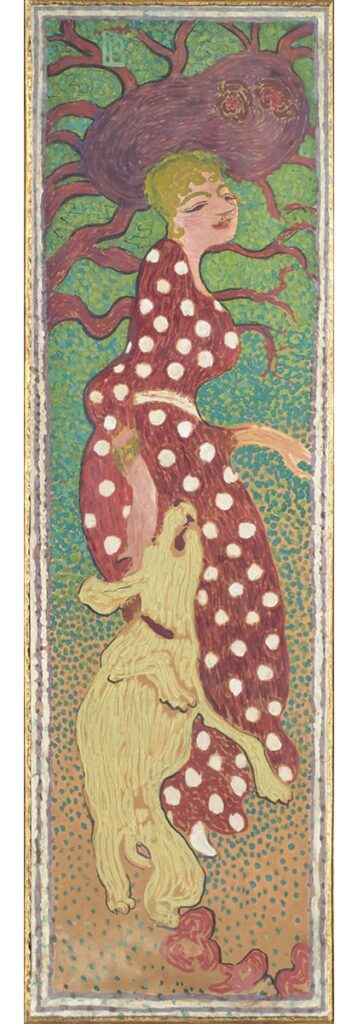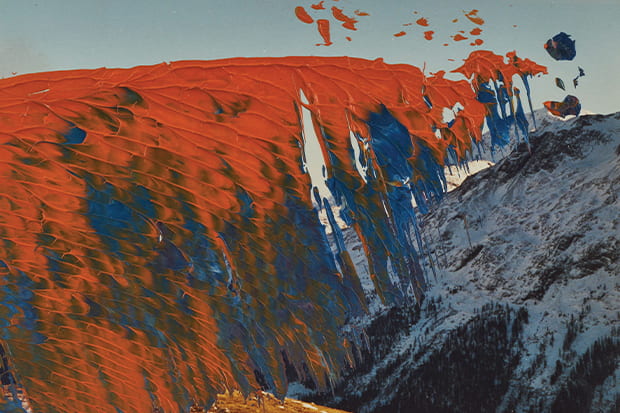Andrea Marechal Watson looks at shows in Berlin, Brussels, London, Washington and Aix-en-Provence in a year of anniversaries

Imagine!
The emergence of the Surrealist movement 100 years ago is among this year’s important centenaries.
To celebrate, the Centre Pompidou has conceived an ambitious touring exhibition – IMAGINE! 110 Years of International Surrealism that will honour the core of Surrealism’s best known exponents – Dalí & Co – while also exploring the fringes. Each museum that participates will highlight local heritage and connections to the movement.
In the case of Brussels, the Royal Museums have chosen to explore Surrealism’s origins in the Symbolist movement through more than 130 works of art including paintings, works on paper, sculptures and photographs.
Symbolist was one of the most important precursors of the Surrealist movement and it was particularly strongly rooted in Belgium. Like its younger offshoot, the symbolist artists and writers dwelt in the realms of fantasy, metaphor and allegory as well as the subconscious, the world
of dreams, and the imagination.
The movement developed rapidly in late 19th century Belgium, where its exponents included Jean Deville and Felicien Rops. Within 30 years, Brussels became a center for Belgian Surrealism and despite the cultural rupture caused by World War I, the older Symbolists and emerging generation of Surrealists remained close.
After Brussels and Paris, the exhibition will travel to Hamburg, Madrid and Philadelphia.
Until 21st July at the Royal Museums, Belgium, Brussels.
Bonnard and Japan
Referring to a group of French painters, the poet Henri Cazalis coined the term ‘Nabis’, from the Hebrew for ‘prophet’. The best known of them are Gauguin, Vuillard and Bonnard and – like the prophets of old – Cazalis felt they pointed the way to the future.
Pierre Bonnard (1867-1947) who assimilated the Far Eastern aesthetics then in great fashion was also dubbed the ‘very Japanese Nabi.’
Bonnard divided his time between Paris and the Cote d’Azur where he bought a house. Here, under the golden Mediterranean sun he painted the pleasures of country life in vibrant works that explore the infinite variations of colour and light but subjected, unlike the Impressionists, to spatial treatments inspired by the vibrant Japanese prints of the ‘floating world’ (Ukiyo-e) which he had seen in Paris in 1890. Marked by fluid movement, sinuous lines and the flattening of space, Bonnard immediately became a preeminent exponent of the craze for ‘japonisme’. Released from realism, he wrote: “ I understood from my contact with these crude popular images that colour could express anything…without the need for relief or modelling. It seemed to me that it was possible to convey light, form and character with colour alone.”
This small exhibition at a niche art centre in the south of France brings together works that show how his affinity to Japanese works played out in his compositions.

From May 3rd to 6th October at the Hotel de Caumont, Aix-en-Provence, France.
Richter In Switzerland
At the grand age of 92, Gerhard Richter continues to delight and baffle the art world with new output and inventions.
Richter first vacationed in the Swiss Alps in the 1980s and has revisited the area ever since. His fascination for Upper Engadin has been recorded in paintings, photographs and drawings which are now on show at three local galleries. On view at the Segantini Museum and Hauser & Wirth St Moritz are paintings that Richter created from photographs taken during his hikes.
The works mark a new chapter in his landscape painting – a genre that has always appealed to Richter who cites Romantics such as David Caspar Friedrich (see below) among the precursors of his own melancholic and atmospheric works.
The Upper Engadin photos became canvases for Richter’s well known experimentation with layering, scraping and mixing media to produce palimpsests full of enigma and ambiguity.
Until August 31st at Hauser & Wirth, St Moritz, Switzerland.
Infinite Landscapes
Expect to hear a lot more of Caspar David Friedrich as a year long celebration of his birth in 1774 gets underway. In Berlin, the Alte Nationalgalerie has dedicated its rooms to the most prominent painter of the German Romantic movement with 60 paintings and 50 drawings that include iconic works, such as Woman at a Window.
CDF did not have an easy life and his paintings mirror the many hardships of childhood, marriage and old age. Born into a struggling family, the deaths of several siblings bred a melancholy from which he never escaped: seeing his 13-year-old brother fall through the ice of a frozen lake and drown the worst of these bereavements. Nature for him became both a source of anxiety and of solace – he was said to have discovered “the tragedy
of landscape.”

Even at the happiest of times, such as the early years of his marriage, many of Friedrich’s works exude loneliness and a sense of nature’s latent hostility.
For all too brief a period, Friedrich enjoyed success and found patronage but even during his time his paintings were largely seen as curiosities, strange semi-religious, even pagan, expressions of faith. “See
your picture first with the spiritual eye,” he once advised.
Only one landscape was reproduced in print, so not surprisingly Friedrich fell into almost complete obscurity until, unluckily, Hitler named him as one of Germany’s foremost artists, a fact which only further damaged his reputation.
At the turn of the 20th century, Friedrich was rediscovered by the Symbolists, who adored the visionary and symbolic landscapes which are his legacy.
Berlin played a major role in rehabilitating the artist’s reputation and today is home
to the world’s largest collections of Friedrich’s paintings.
From 19th April to 4th August at the Alte Nationalgalerie, Berlin, Germany.

